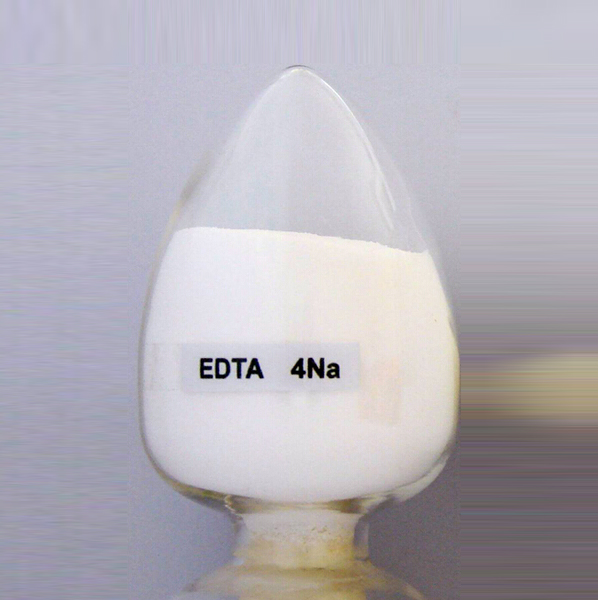
News
Nov . 12, 2024 21:47 Back to list
calcium chelator bapta factory
The Role of BAPTA as a Calcium Chelator in Biological Research
Calcium ions (Ca²⁺) are vital signaling molecules involved in numerous physiological and cellular processes, including muscle contraction, neurotransmitter release, and cell proliferation. However, the uncontrolled presence of calcium can lead to detrimental effects, such as cell death and inflammation. To study the specific roles of calcium in these processes, researchers often use calcium chelators—molecules that bind free calcium ions, effectively lowering their bioavailability. One of the most widely used calcium chelators in both research and therapeutic contexts is BAPTA (1,2-bis(2-aminophenoxy)ethane- N,N,N',N'-tetraacetic acid).
Understanding BAPTA
BAPTA is a highly effective selective chelator that can bind calcium ions with high affinity. Unlike other chelators, such as EGTA (ethylene glycol bis(β-aminoethyl ether)-N,N,N',N'-tetraacetic acid), BAPTA exhibits fast kinetics, meaning it can rapidly bind to calcium ions even in the presence of other cations. This property makes BAPTA particularly useful in experiments that require precise control over calcium levels.
The structure of BAPTA allows it to interact with calcium ions from various parts of the cell, making it an excellent tool for studying calcium signaling pathways. When researchers add BAPTA to their experimental systems, it effectively traps free calcium ions and reduces its concentration, allowing for the investigation of calcium's roles in various signaling pathways.
Applications in Research
BAPTA has been instrumental in a wide range of biological research applications. One of the primary uses of BAPTA is in studies of synaptic transmission in the nervous system. Calcium influx through voltage-gated calcium channels is a critical step in the release of neurotransmitters at synapses. By applying BAPTA, researchers can determine the required calcium concentration for vesicle fusion and release, providing insights into synaptic physiology.
Beyond neuroscience, BAPTA has applications in muscle physiology, cardiac research, and even developmental biology. In muscle cells, for example, understanding how calcium regulates contraction can help elucidate mechanisms behind muscle diseases. In cardiac cells, researchers can use BAPTA to study the intricacies of calcium handling, which is crucial for maintaining heart rhythm and function.
calcium chelator bapta factory

Moreover, BAPTA's ability to selectively chelate calcium has made it a valuable tool in studies examining the pharmacological effects of drugs. By manipulating calcium levels, scientists can determine how various agents impact cellular function, potentially leading to new therapeutic strategies for diseases characterized by aberrant calcium signaling.
Caveats and Limitations
While BAPTA is a powerful tool, it is not without limitations. The concentration and timing of BAPTA application are critical, as excess chelation can lead to compromising normal cellular functions. Additionally, BAPTA may have effects on other metal ions, and its specificity for calcium can vary depending on the cellular environment. Thus, careful experimental design and controls are necessary to ensure the validity of the findings.
Researchers also need to consider the intracellular distribution of BAPTA. While it can effectively bind calcium in the cytosol, its ability to access calcium within organelles is limited. For studies requiring manipulation of intragranular calcium levels, alternative chelators or delivery methods might be required.
Conclusion
BAPTA serves as an invaluable calcium chelator in biological research, helping to unveil the complex roles of calcium ions in cellular signaling. Its rapid kinetics and high affinity for calcium make it suitable for a variety of applications across different fields of biology. However, as researchers continue to explore the intricate world of calcium signaling, it is essential to recognize the limitations of BAPTA and to use it judiciously within the broader experimental context.
In conclusion, as our understanding of calcium signaling deepens, the role of BAPTA and similar agents will undoubtedly remain central to advancing our knowledge of cellular processes and developing potential therapeutic interventions in calcium-related diseases.
-
Polyaspartic Acid Salts in Agricultural Fertilizers: A Sustainable Solution
NewsJul.21,2025
-
OEM Chelating Agent Preservative Supplier & Manufacturer High-Quality Customized Solutions
NewsJul.08,2025
-
OEM Potassium Chelating Agent Manufacturer - Custom Potassium Oxalate & Citrate Solutions
NewsJul.08,2025
-
OEM Pentasodium DTPA Chelating Agent Supplier & Manufacturer High Purity & Cost-Effective Solutions
NewsJul.08,2025
-
High-Efficiency Chelated Trace Elements Fertilizer Bulk Supplier & Manufacturer Quotes
NewsJul.07,2025
-
High Quality K Formation for a Chelating Agent – Reliable Manufacturer & Supplier
NewsJul.07,2025
